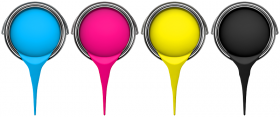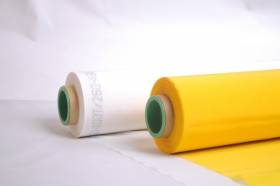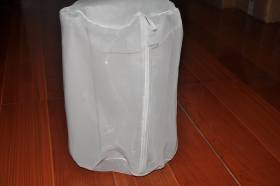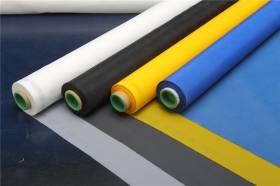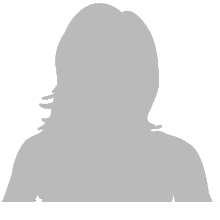Printer Guidebook---Screen Mesh 1
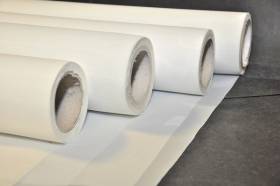
Mesh-fiber composition
The molecular and mechanical characteristics of screen-printing mesh.
At present, the only suitable, modern mesh fiber is high-quality monofilament polyester: round and smooth. It has superior elongation and strength characteristics, has no loss of strength when wet and, in fact, absorbs less than 0.8 percent moisture. Absorption of moisture is an important consideration, as this is such a wet process.
Continue reading



